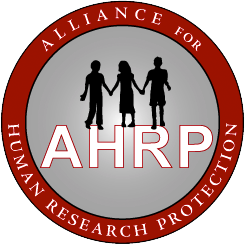Women’s Fight for Survival: bonding, resistance, solidarity & acts of defiance
Bonding between women was of utmost importance for their survival in the camp. The women at Ravensbrück formed close bonds (mostly) within their ethnic groups, creating surrogate “families” who nurtured one another and protected the weak and vulnerable. Women who had strong moral, political and/ or religious beliefs bonded with…
